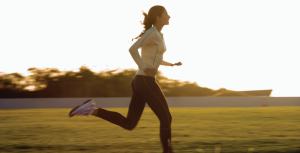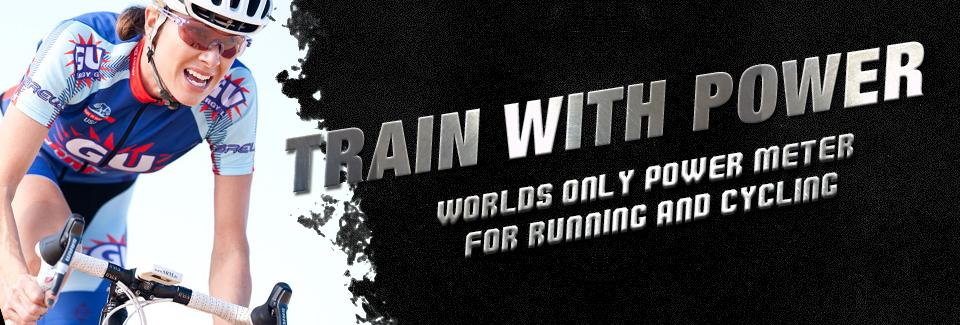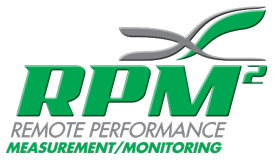 As the name suggests, runner’s knee is a common injury among runners, and it accounts for about 20 percent of running injuries. The condition also affects other types of athletes who frequently bend their knees, including cyclists. The official name of this injury is patellofemoral pain syndrome (PFPS), and it is characterized by pain around or behind the kneecap. Runner’s knee can stem from a number of causes, including flat feet, tight or weak thigh muscles, acute trauma to the knee, overstretched tendons, worn cartilage, or misalignment of the structures of the knee.
As the name suggests, runner’s knee is a common injury among runners, and it accounts for about 20 percent of running injuries. The condition also affects other types of athletes who frequently bend their knees, including cyclists. The official name of this injury is patellofemoral pain syndrome (PFPS), and it is characterized by pain around or behind the kneecap. Runner’s knee can stem from a number of causes, including flat feet, tight or weak thigh muscles, acute trauma to the knee, overstretched tendons, worn cartilage, or misalignment of the structures of the knee.
What Are the Signs of Runner’s Knee?
Symptoms of PFPS include pain that can manifest in different areas around or behind the patella (kneecap), most notably when you bend your knee. The pain can occur during intense physical activity as well as when you are merely walking or sitting. The pain often worsens when you go up and down stairs or walk on an incline. Swelling and popping sensations in the knee may also occur. A physician can determine if you have runner’s knee by performing a physical exam and diagnostic tests such as X-rays, MRIs, and CT scans.
How Is Runner’s Knee Treated?
Treatment for PFPS depends on the root cause of the pain. Acute measures consist of stopping the activity that is causing the pain and using the RICE formula: rest, ice, compression, and elevation. After the pain and swelling have subsided, your doctor will likely recommend the most conservative treatments possible, which may include special exercises to strengthen and stretch the muscles and the use of custom orthotics to help place your feet or legs in proper alignment. If noninvasive measures do not alleviate the problem, surgery may be recommended.
Of course, the best option is to prevent runner’s knee from developing in the first place by making proper running mechanics a priority. At RPM2, we are dedicated to helping high-performance athletes achieve bilateral equivalence with our innovative remote performance monitoring footbeds. Check out the educational materials on our website today to learn how we can help you prevent injuries and achieve the best performance possible.








